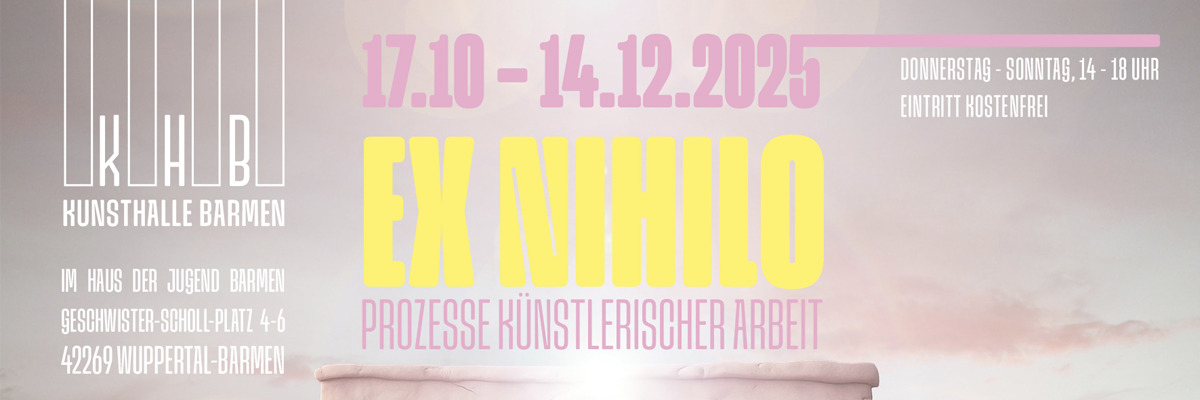
Josefine Schulz
Not a Girl, Not yet a Woman
Project Info
- 💙 R. Raum für drastische Maßnahmen
- 🖤 Josefine Schulz
- 💜 Annekathrin Kohout
- 💛 Anne Lippert
Share on
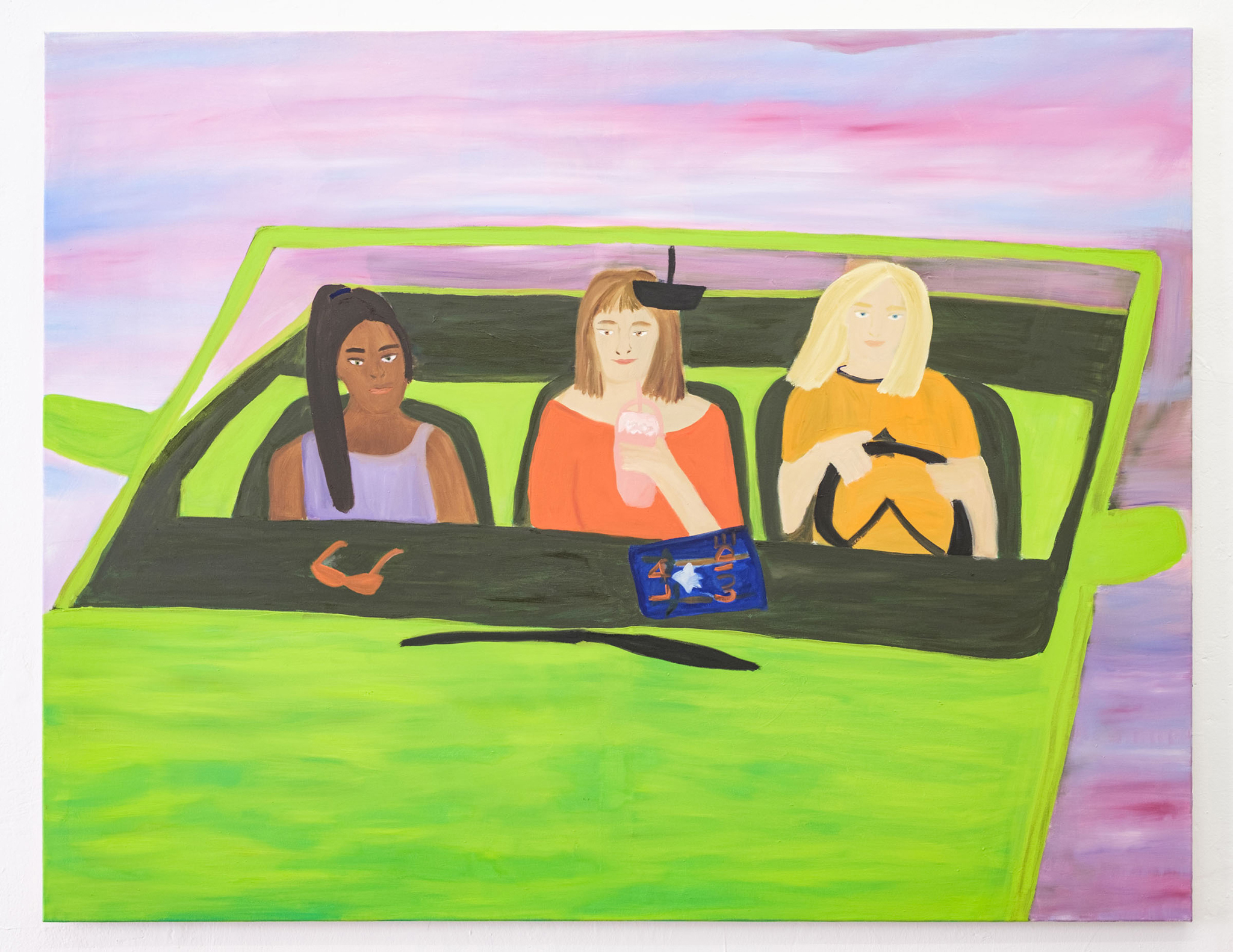
„Roadtrip ( If it makes you happy, it can’t be that bad“), Oil on Canvas, 155 x 120 cm, 2023
Advertisement

exhibition view

„Beach Day“,Oil on Canvas, 120 x 190 cm, 2023
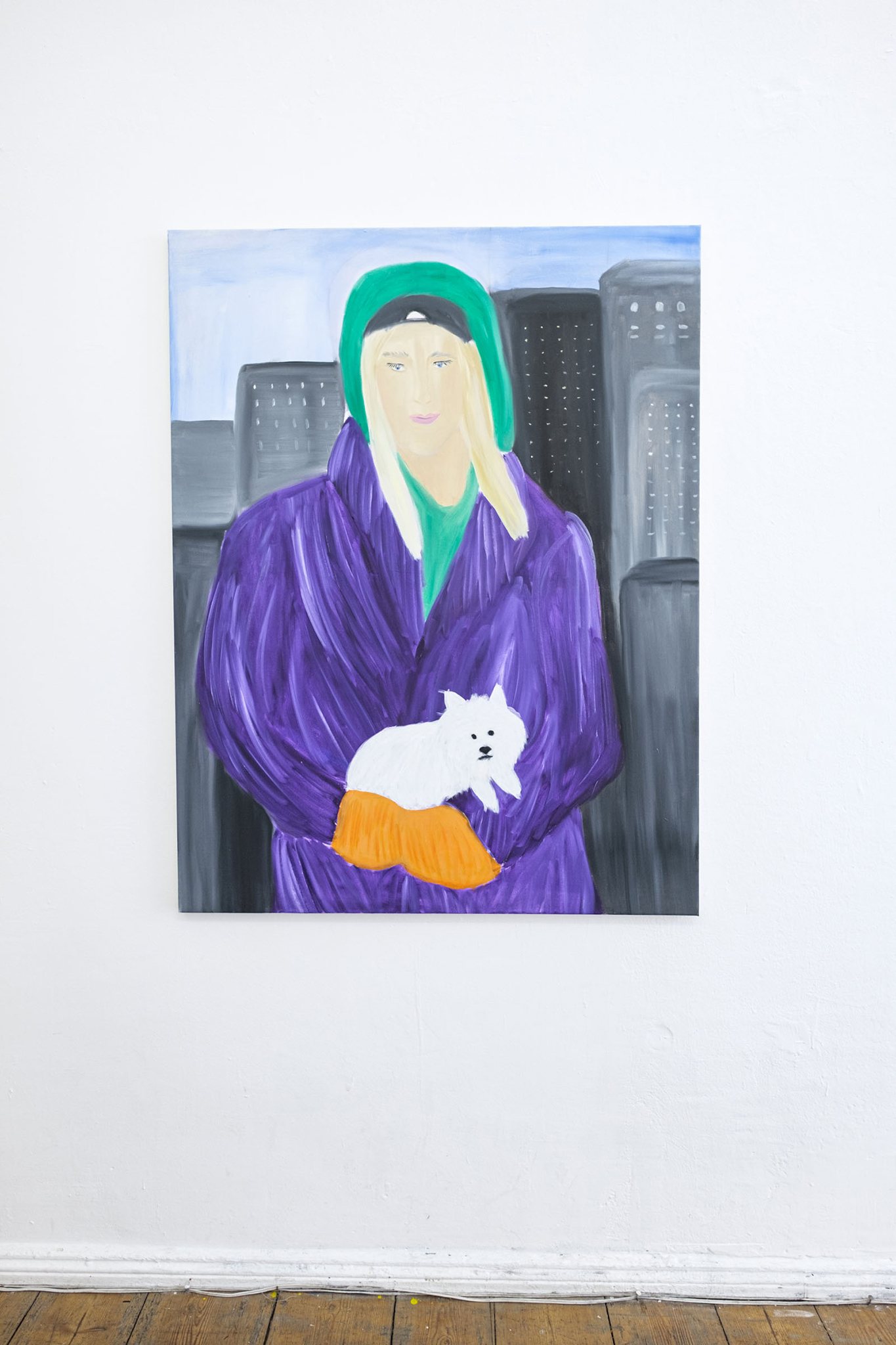
„These streets will make you feel brand new“, Oil on Canvas, 100 x 130 cm, 2023
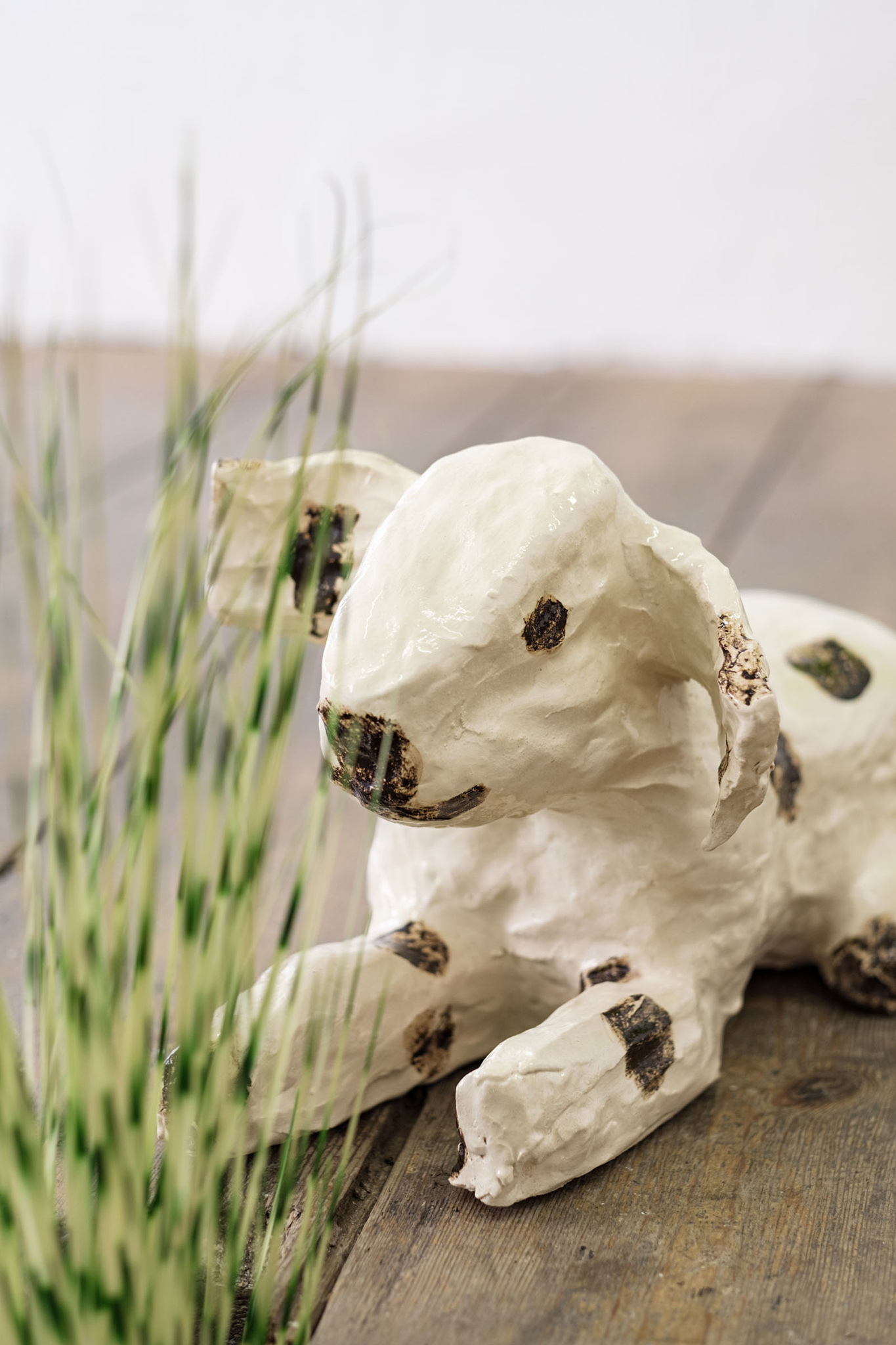
From the series "Babes and Vases", Glazed Ceramics, 2018-2022
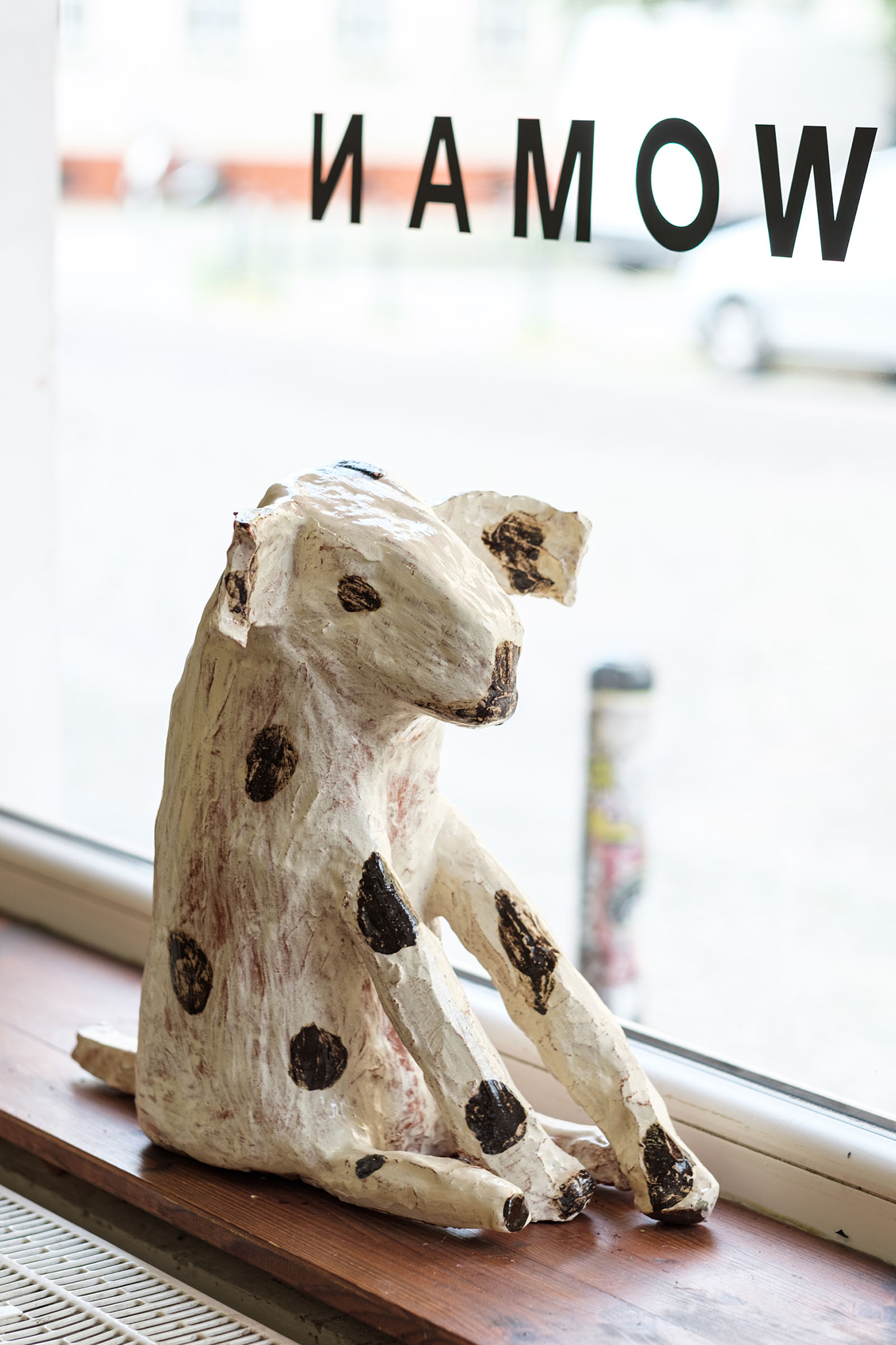
From the series "Babes and Vases", Glazed Ceramics, 2018-2022

From the series "Babes and Vases", Glazed Ceramics, 2018-2022
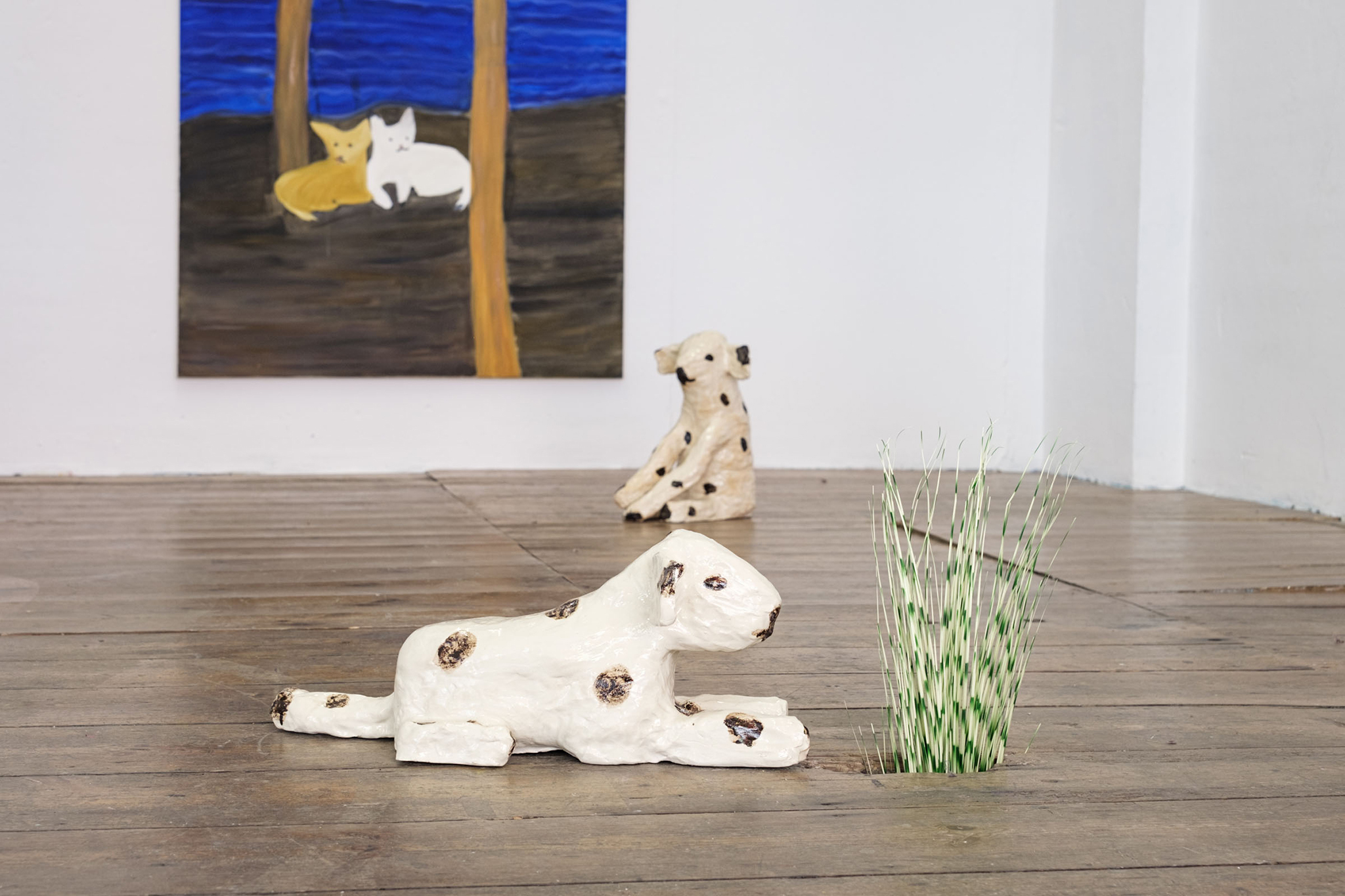
exhibition view

"Not a Girl, Not yet a Woman", Oil on Canvas, 240 x 190 cm, 2023

"Real Friends", Pastel on mould made paper, 30 x 40 cm, 2022
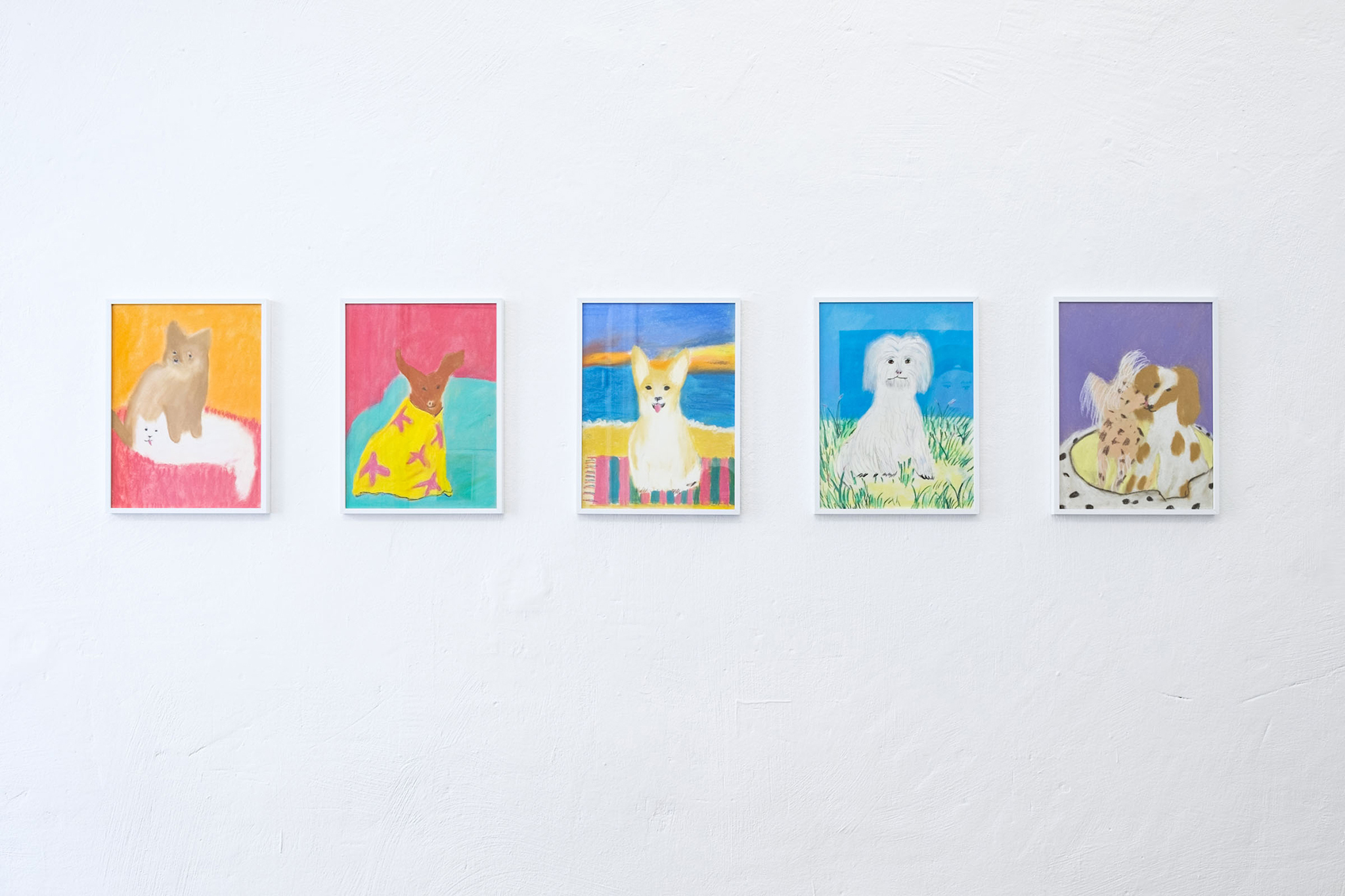
From the series " Dog Friends"Pastel on mould made paper, 30 x 40 cm, 2022-2023
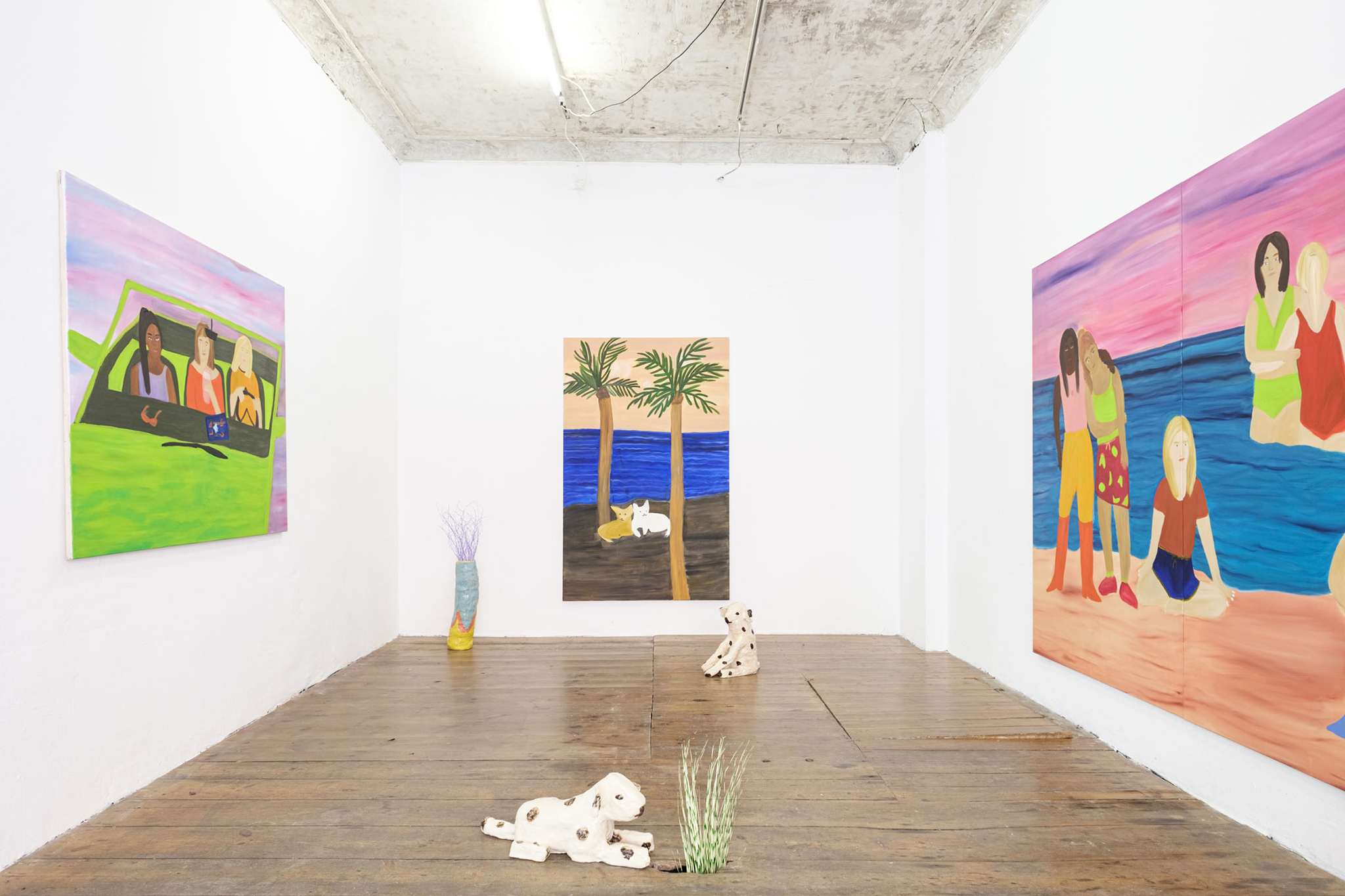
exhibition view
"Not a girl, not yet a woman" - the title of this exhibition refers to a song by Britney Spears released in 2001. Reading the opening lines "I used to think. I had the answers to everything. But…" and looking at the figures in Josefine Schulz's paintings and pastels, you might think they came from them. Some characters gaze slightly downward, while others fix their stare into emptiness or ahead with a sense of hopefulness, which hints at the fragile nature of such sentiments.
The inclusion of Schulz's quote is not coincidental; a year later, the song became the soundtrack to the film "Not a Girl (Crossroads)." This film follows a road trip undertaken by three close friends, as they navigate the challenges of emotional, sexual, and physical maturation. It explores their journey towards self-assertion in the face of parental expectations, the complexities of friendship, and the excitement of experiencing first love. "Not a Girl" belongs to the category of films that exalted adolescence as the pinnacle of life. It captures the essence of a time characterized by insecurity, uncertainty, innocence, nonsense, and irrationality, all intertwined with the euphoric sensation of embarking on a new chapter in life.
Josefine Schulz's reference evokes the apolitically hedonistic Y2K era, a time of carefree celebration and vibrant energy surrounding the turn of the millennium. It was during this period that a distinct tween girl culture emerged, with notable figures such as Britney Spears, Christina Aguilera, Miley Cyrus (also known as Hannah Montana), and other Disney stars becoming iconic idols for countless teenagers. This culture revolved around the concept of "tweens," encapsulating the idea of being in between stages: no longer a child but not yet an adult, no longer a girl but not yet a woman.
Schulz's work aligns with this theme not only through her choice of title but also through her iconographic approach. Her large-scale paintings, featuring individuals positioned side by side, ultimately form a collective ensemble. This composition recalls the countless cover images of popular high school series like "Beverly Hills, 90210," "The O.C.," and "Gossip Girl." Schulz adopts the typical composition seen in these series, which conveys the protagonists' desire to assert their individuality while also seeking connection and community. However, Schulz diverges from the coolness associated with her artistic predecessors and imbues her characters with a sense of clumsiness and vulnerability, reminiscent of Rineke Dijkstra's portraits of teenagers.
The painting featuring three women behind the windshield of a Caprio traces its origins back to a film still from "Not a Girl." However, Josefine Schulz's approach to incorporating motifs differs from the distinct style often associated with Pop Art. Nothing here is directly replicated or taken over in a one-to-one manner. Instead, her images are swiftly and flatly painted. Through her occasionally cheeky and defiant brushwork, she subverts the sentimentality inherent in her subjects and immediately challenges their intended meaning. In doing so, Schulz effectively declares the state of being a tween as the fundamental condition of life. In fact, isn't it true that we are constantly in an in-between state throughout our lives? While this notion may initially seem beautiful, it ultimately proves disillusioning. It implies that the promises of the tween-teen years ultimately remain unfulfilled.
Schulz thus captures a collective sentiment of her generation, the so-called Millennials. Raised under the influence of the series and films mentioned earlier, they were led to believe that with sufficient education and hard work, they could achieve anything they desired. However, they now find themselves disillusioned, realizing that the necessary prerequisites for success do not actually exist. The era of carefree living and the notion of 'arriving' (be it in a job, family life, and so on) have come to an end. Yet, the search for fulfillment persists, which aligns perfectly with the technique of pastel drawing. By smudging the colors, the drawing can be continuously revised, and the delicate nature of the pigments makes it nearly impossible to fix them permanently. Over time, the colors may fade or transform into new shapes, reflecting the transient and ever-evolving nature of our pursuits.
Annekathrin Kohout
